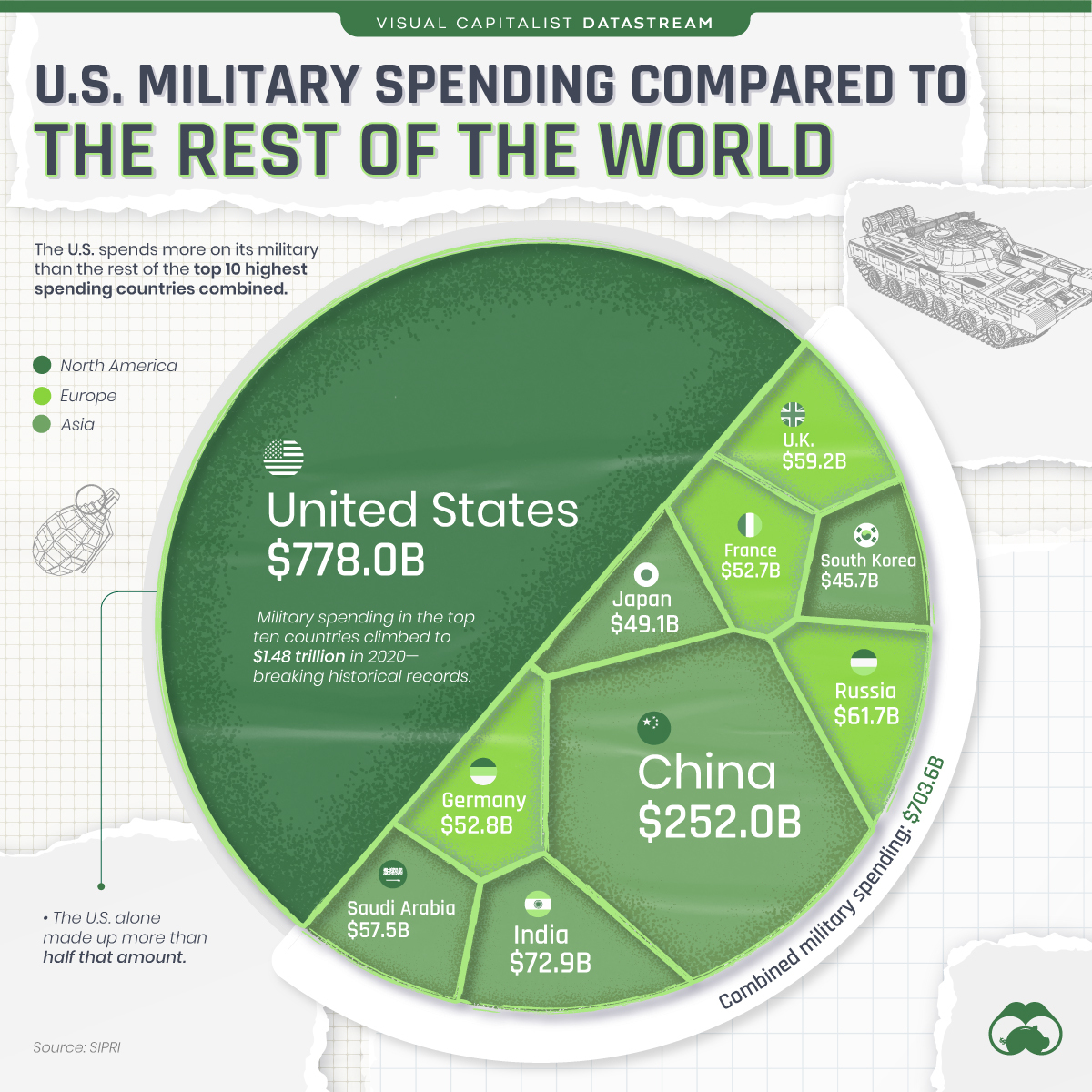New Names For Apple's OS: A Deep Dive

Table of Contents
The Early Days: From System 1.0 to Mac OS X
Apple's earliest operating systems used straightforward naming conventions. The initial releases were simply called "System 1.0," "System 2.0," and so on, reflecting a time when the focus was primarily on functionality rather than sophisticated branding. These early operating system names lacked the marketing impact of later iterations. This simple approach continued for several years, reflecting a simpler technological landscape. The shift to a more descriptive and impactful naming convention came with the introduction of "Mac OS X."
- The significance of the change from "System" to "Mac OS": This represented a move towards stronger brand identity, explicitly linking the operating system to the Macintosh brand.
- The introduction of the "X": The "X" wasn't just a stylistic choice; it signified a major architectural shift. Mac OS X was built upon a completely new foundation, based on the Mach kernel, a significant departure from the previous operating systems and a key step forward in the Apple operating system history.
- Key features introduced with Mac OS X: The release of Mac OS X brought a revolutionary user interface, known as Aqua, featuring smooth animations and a visually appealing design. This marked a turning point, solidifying Apple's position in the market and setting the stage for future innovations in its operating systems.
The Rise of Mobile: iOS and its Impact
The introduction of the iPhone in 2007 ushered in a new era for Apple and the entire mobile industry. Initially called "iPhone OS," the name was later streamlined to "iOS," reflecting the operating system's role in powering Apple's mobile devices. The simplicity and branding of the "iOS" name is a testament to Apple's design philosophy. It's short, memorable, and easily associated with the Apple ecosystem.
- The initial iPhone OS name and the subsequent rebranding to iOS: This change to iOS further emphasized the integration of the operating system across various Apple devices.
- The impact of the App Store on the iOS ecosystem: The App Store revolutionized the mobile experience, turning iOS into a vibrant and dynamic platform. This became a crucial element in the success of iOS and established it as a leading mobile operating system.
- Consistent branding across iPhones, iPods, and iPads: The adoption of iOS across these devices created a unified user experience, simplifying the transition between different Apple products. This standardization contributed significantly to the overall success and user-friendliness of the Apple ecosystem.
Expanding the Ecosystem: iPadOS, watchOS, and tvOS
Apple's dominance in the mobile and desktop markets wasn't enough. The company expanded its reach with new devices and, consequently, new operating systems: iPadOS for iPads, watchOS for Apple Watches, and tvOS for Apple TVs. This illustrates Apple's strategic decision to create tailored operating system experiences for each unique device category.
- Key differences between iOS and iPadOS: While both are built on the same foundation, iPadOS is optimized for the larger screen size and capabilities of the iPad, offering features like multitasking and a more desktop-like experience.
- Specialized features of watchOS and tvOS: watchOS is designed for the small screen and limited processing power of the Apple Watch, prioritizing notifications and health tracking. tvOS is optimized for the living room experience, offering a simplified interface designed for navigation with a remote.
- How these OS names contribute to a clearer brand identity for each device: Separate names help consumers distinguish between the operating systems and understand the distinct capabilities of each device. It helps maintain brand identity and clarify functionality in the consumer market.
The Future of Apple's OS Names: Speculation and Trends
Predicting the future of Apple's OS names is a speculative exercise, but analyzing current trends offers some insights. With increasing emphasis on artificial intelligence (AI), augmented reality (AR), and virtual reality (VR), future names may reflect these advancements. There's also the possibility of a unified OS name, potentially streamlining the user experience across all devices.
- Potential influences on future names (e.g., advancements in AI, VR/AR): Future iterations of Apple's operating systems might incorporate names reflecting these technological shifts, potentially hinting towards a more unified and interconnected user experience.
- Impact of a unified OS name on brand perception: A unified name could simplify branding, but it might also obscure the distinct functionalities of different devices.
- Potential future naming strategies: Apple might continue its current strategy of device-specific names or explore more abstract names that capture the overall essence of the operating system.
Conclusion
This deep dive has explored the fascinating evolution of Apple's OS names, from the early days of simple version numbers to the sophisticated branding we see today. The journey reflects Apple’s innovative spirit and commitment to creating seamless user experiences across its diverse product range. The names themselves have become synonymous with quality, user-friendliness, and innovation.
Call to Action: Want to learn more about the history and intricacies behind Apple’s operating systems? Continue exploring the world of Apple's OS and its diverse naming conventions – further research will reveal even more fascinating details about this ever-evolving tech landscape!

Featured Posts
-
 Bungay Suffolk Wherry Vets Planning Application Approved
May 31, 2025
Bungay Suffolk Wherry Vets Planning Application Approved
May 31, 2025 -
 Blue Origin Scraps Rocket Launch Due To Technical Glitch
May 31, 2025
Blue Origin Scraps Rocket Launch Due To Technical Glitch
May 31, 2025 -
 Akron Cleveland Area Under Special Weather Statement Due To Fire Risk
May 31, 2025
Akron Cleveland Area Under Special Weather Statement Due To Fire Risk
May 31, 2025 -
 Us Military Strength A Comparison With Chinas Growing Might
May 31, 2025
Us Military Strength A Comparison With Chinas Growing Might
May 31, 2025 -
 Americas Military Decline Chinas Rise In Defense Spending
May 31, 2025
Americas Military Decline Chinas Rise In Defense Spending
May 31, 2025
